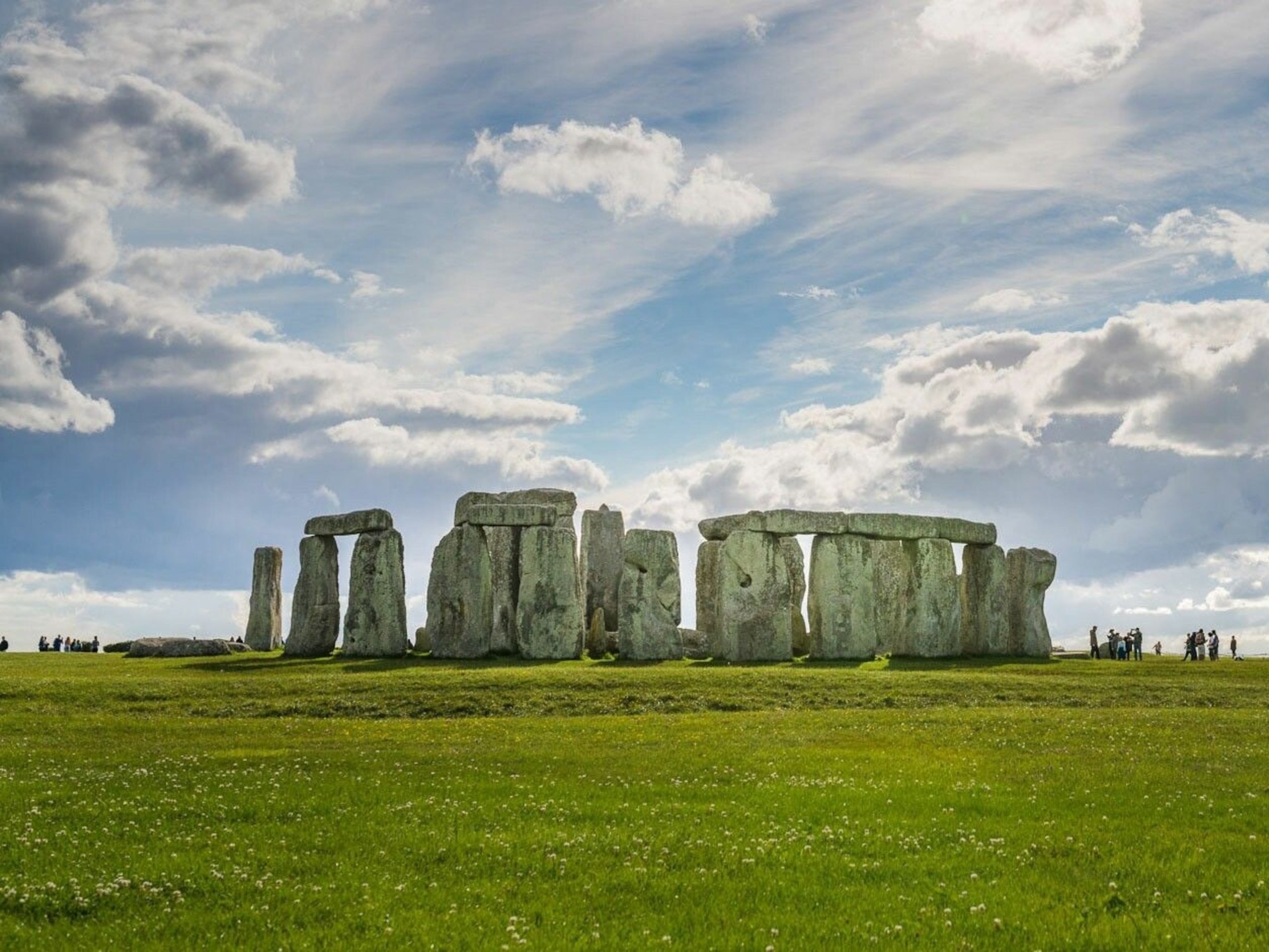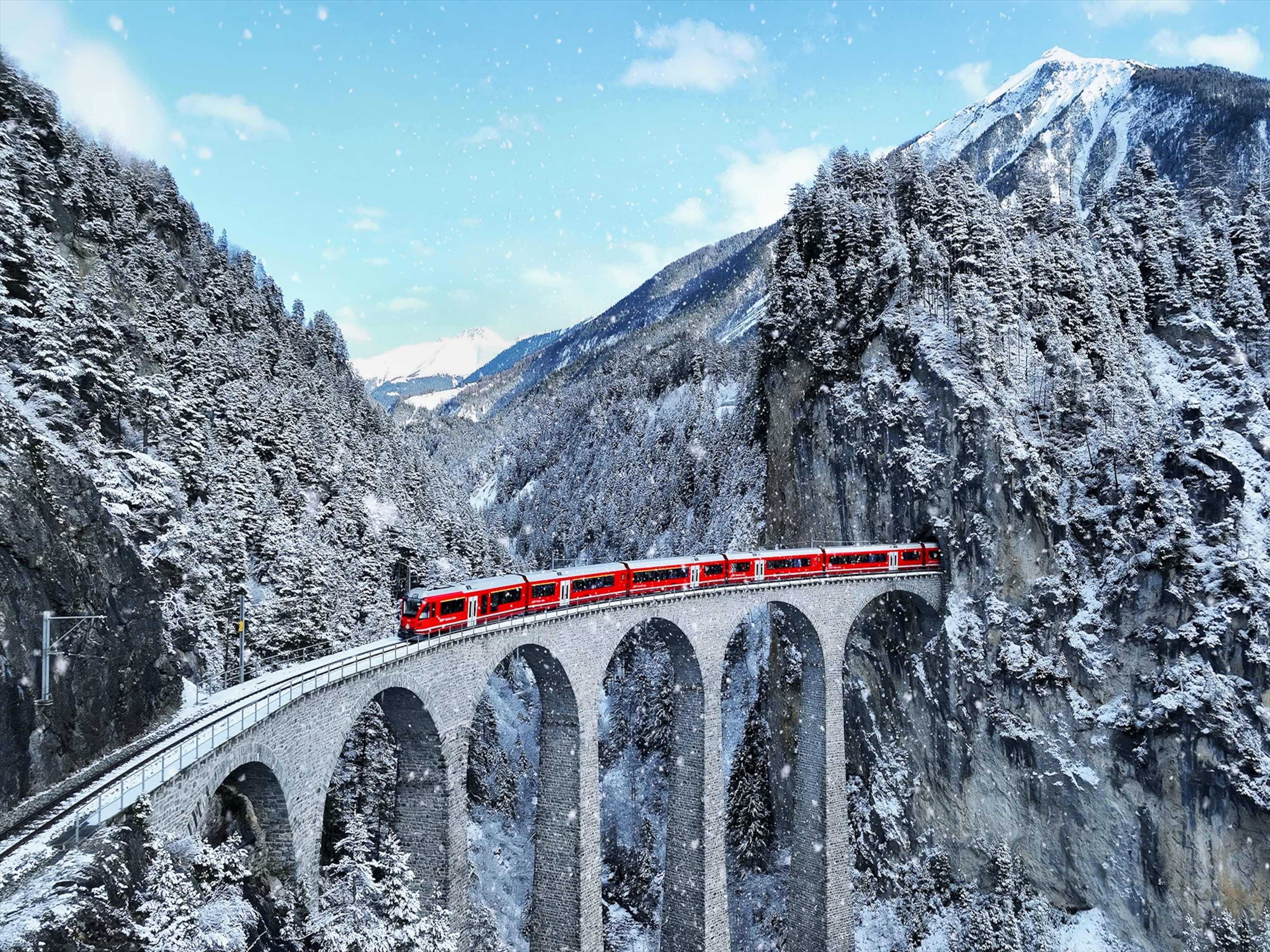Take a journey through Ireland's historic past
Ireland is a land of rugged scenery and rich heritage. Here, we explore the country's notable historical sites and events, easily woven into an epic, country-wide itinerary.
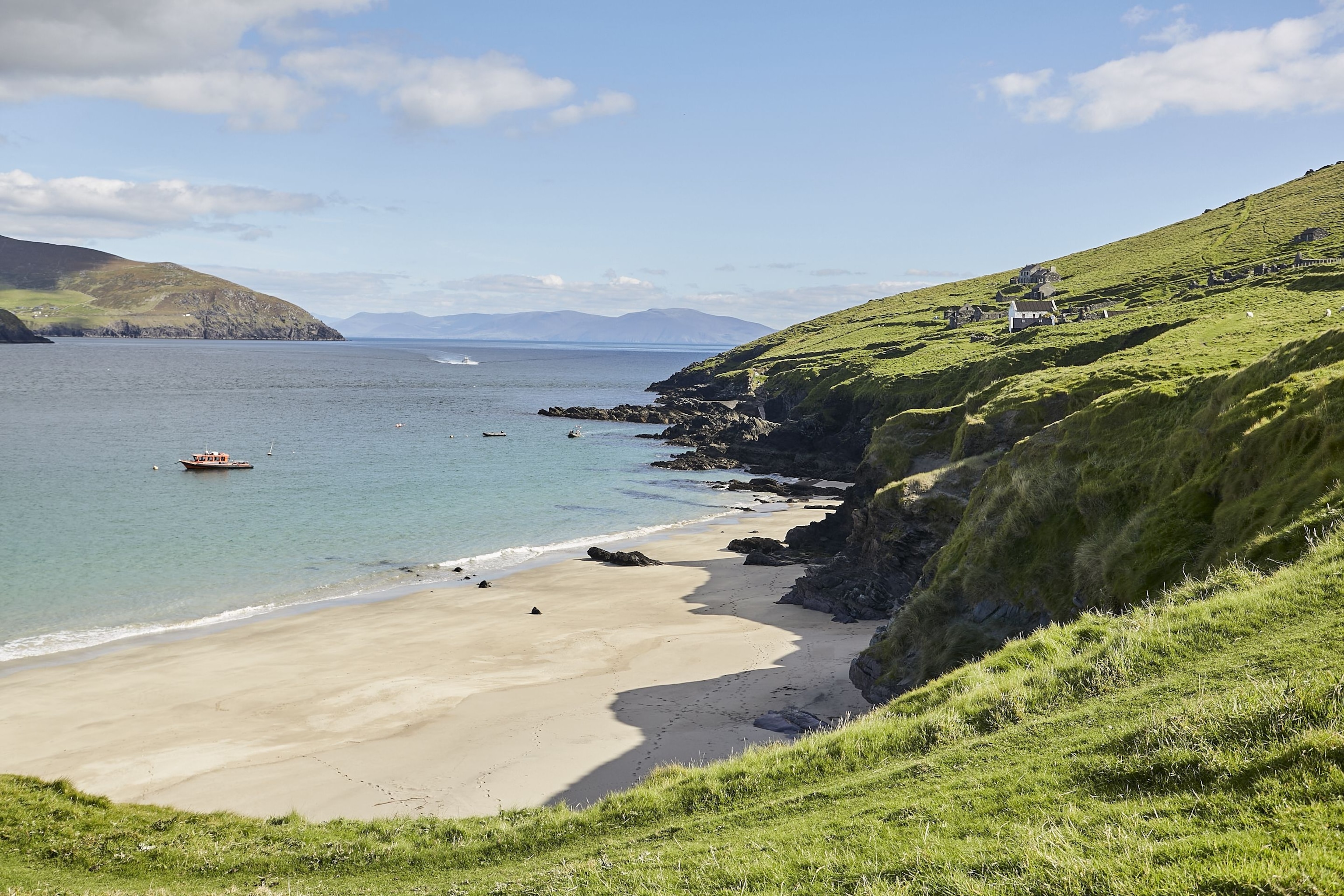
Ireland is a nation of storytellers. Small but mighty, this rugged country has experienced a huge number of historic events and, over the years, its people have documented its history for future generations. From as far back as 3,800 BCE and the dramatic stone age tombs hidden in boglands to the neo-classical mansions of the 18th century, Ireland is a destination with a rich history and its monuments help tell its tale with pride. This historic timeline of attractions showcases Ireland’s rich heritage and venerable culture through the ages.
The Céide Fields
3800 BCE: For thousands of years, this site of global significance lay hidden beneath the boglands of north Mayo. It was only in 1934, while out cutting peat, that a local schoolteacher named Patrick Caulfield happened upon the oldest-known stone-walled fields in the world — dating back almost 6,000 years — and a series of megalithic tombs that make up the planet’s most extensive Stone Age monument. Located on the Wild Atlantic Way, the award-winning Céide Fields Visitor Centre transports visitors back to the Stone Age with audio-visual exhibits, while a 360ft cliff-edge viewing platform showcases the dramatic landscape.
Brú na Bóinne
3200 BCE: On a scenic bend in the River Boyne sits the UNESCO-protected Brú na Bóinne (Palace of the Boyne), comprising the Megalithic passage graves of Knowth, Newgrange and Dowth. The site predates the pyramids of Giza and houses the largest collection of megalithic art in Western Europe. Delve into neolithic culture and the history of the excavation its interactive exhibits.
Skellig Michael
1400 BCE: Best known as the sharp-edged island where Luke Skywalker took sanctuary in 2017’s Star Wars: The Last Jedi, Skellig Michael and its sister Little Skellig first appeared in records around 1400 BCE, when a shipwreck here was recorded in Irish annals during the mythological Tuatha Dé Danann race. The rounded stones of the St Fionan’s monastery and the surrounding stone village are also situated on the island, reachable via 618 uneven steps.
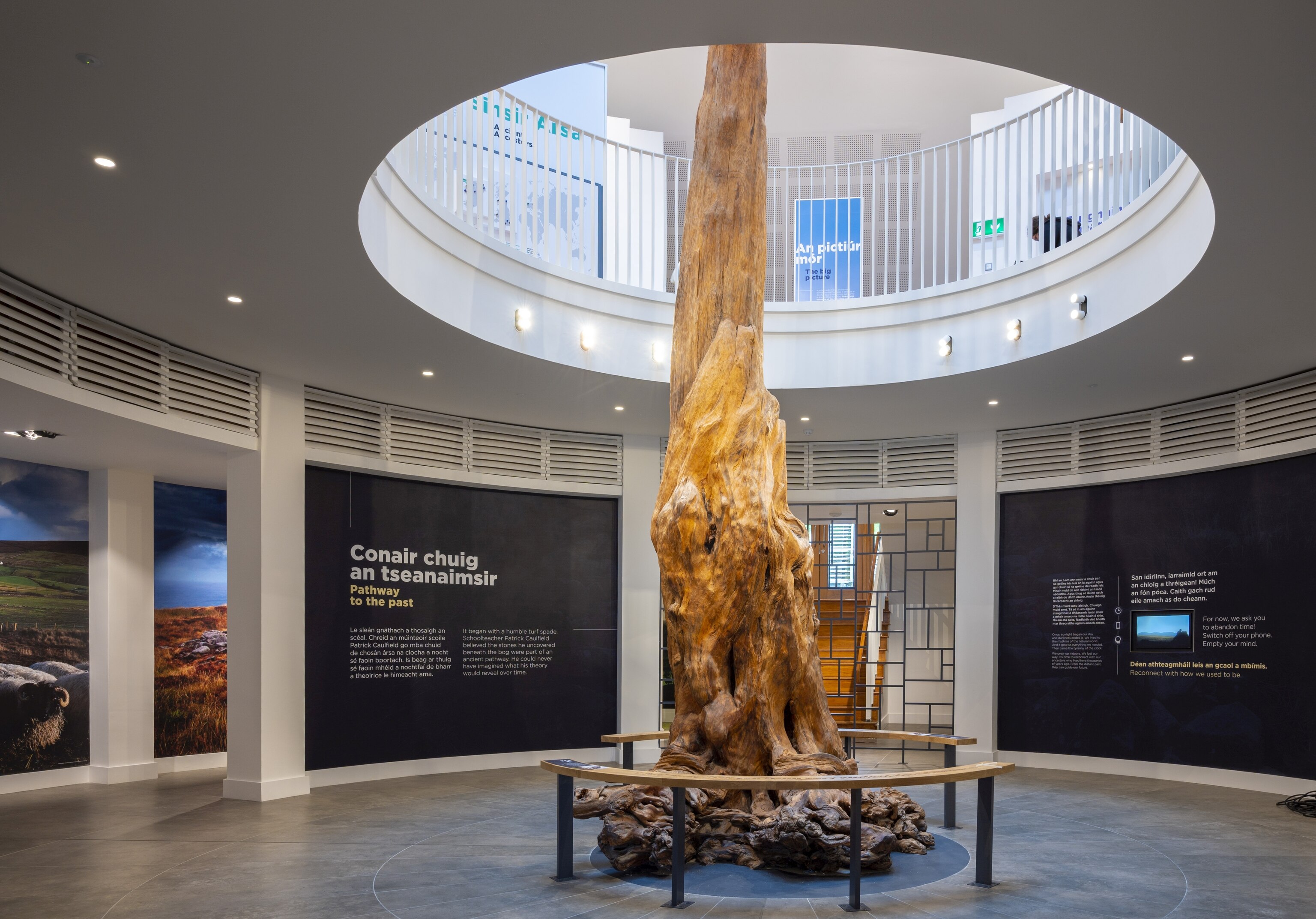
Dublin Castle
1204 CE: The longtime site of political power, Dublin Castle is tucked away, near Trinity College, in the back streets of historic Dublin. Over the years, it’s served as a fortress, a prison, a treasury and as courts of law. Tour the opulent apartments and the impressive Chapel Royal, built in Gothic revival style.
Ormond Castle
1565 CE: The 16th-century Ormond Castle sits on the River Suir, by the leafy town of Carrick-on-Suir. Built by Thomas, 10th Earl of Ormond, in honour of his distant cousin Queen Elizabeth I, it was the first of Ireland’s unfortified castles, marking the turn from medieval brickwork to Renaissance beauty. The great hall spans almost the length of the building and expertly curated instalments bring the history of Ireland’s Tudor period to life.
Emo Court
1790 CE: This neo-classical mansion Emo Court was built in the 18th and 19th century by architect James Gandon and an hour west of Dublin. It’s backdropped by the gentle curves of the Slieve Bloom Mountains and towering sequoia trees line Wellingtonia Avenue, which leads up to the house. Red squirrels, buzzards and egrets can be spotted on walking trails on the estate.
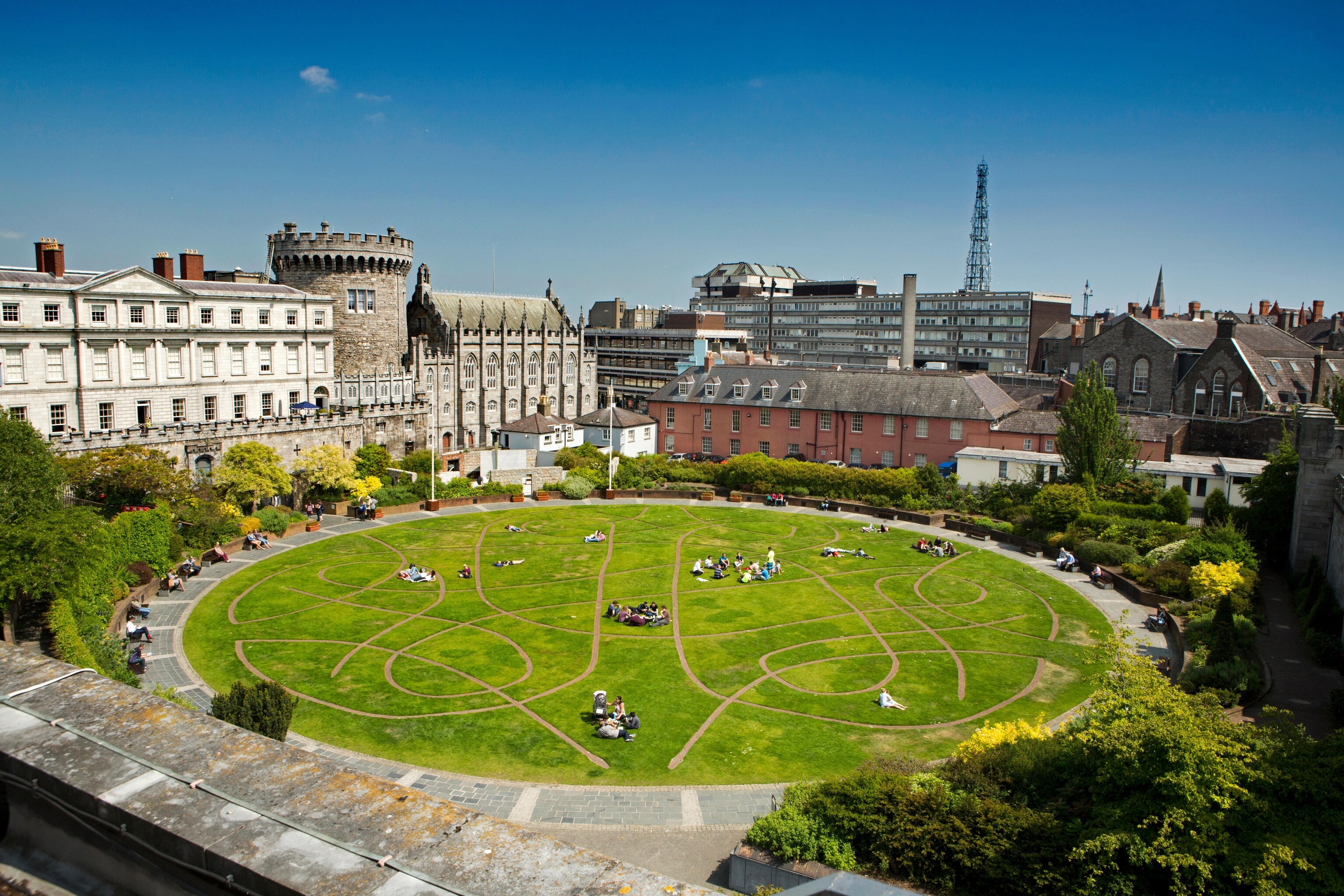
Great Blasket Island
1840 CE: Just off the coast of the Dingle peninsula lies Great Blasket Island, home to an Irish-speaking community in the mid-1800s. Their story is told through interactive exhibitions at The Great Blasket Centre, which capture the struggles of island life during the Great Famine. Explore the visitor centre on the mainland then catch the ferry over to tour the island’s village, which was abandoned in 1954. Hiking enthusiasts should make their way to Killorglin, a gateway to the Ring of Kerry and MacGillycuddy’s Reeks.
Kilmainham Gaol
1916 CE: Although it is now unused, Kilmainham Gaol remains one of the largest gaols in Europe. Today, the former prison is a national monument and museum, where visitors can tour the cells and imagine life for inmates during the Civil War and Easter Rising. Book a ticket to one of the temporary exhibitions as they offer more insight into Irish history and politics.
An OPW Heritage Card offers travellers unlimited access to all fee paying heritage sites. You can buy one at the first heritage site you visit or order one before you travel online. For more information, visit heritageireland.ie



